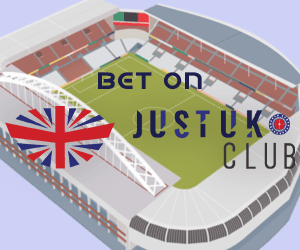In hospitality, presentation shapes perception long before service begins. Identity, professionalism and atmosphere are conveyed by uniforms that direct the interpretation of the entire experience in the mind of the guests. Hotels, cafes and restaurants all depend on uniforms to further values. The addition of embroidered polo shirts to a wardrobe is an elegant approach to emphasise brand imagery, yet remain practical in ensuring that staff remain well-dressed during the most challenging shifts.
Enhancing Team Recognition
The effective recognition of staff members enhances customer confidence. When a guest arrives at a cafe with many people, they need to know instantly who can serve their order or help them arrange a table. Consistency in branding is crucial and uniform dressing helps to differentiate the employees from customers and achieve fluid communications between the two groups. Standardisation of colours, fabrics, and cuts helps the management attain instant recognition without losing the individuality.
Supporting Hygiene Standards
Cleanliness is a vital part of the hospitality service. It is easier to ensure that employees maintain the hygiene standards between shifts because uniforms are made of materials that can be easily washed. Clothes that can be washed regularly have a set shape and colour, so members of staff always look presentable. These hygiene standards not only ensure the safety of customers but also enhance the reputation of a venue.
Reinforcing Brand Identity
Uniforms can be a reminder of the brand presence through the use of logos and colour palettes, as well as design elements embedded in uniforms. A chain of hotels may prefer a dark colour because it represents luxury, whilst an energetic cafe may prefer bright colours, which are reflective of energy. With strong branding, all products, including aprons and jackets, become a valuable extension of the marketing strategy.
Building Employee Unity
Cohesion among staff often translates into better collaboration. Wearing similar apparel instils a sense of belonging, reinforcing the idea that every team member plays an equal role in delivering excellent service. This unity, visible to guests, contributes to smoother operations and helps establish a welcoming atmosphere.
Adapting to Varied Roles
Hospitality teams encompass multiple functions, from front-of-house staff to kitchen specialists and cleaning crews. Each role demands specific apparel suited to its tasks. Chefs require breathable jackets, while receptionists may benefit from formal blazers. By adapting uniform styles while retaining consistent branding elements, companies cater to practical needs without losing cohesion.
Comfort as a Priority
Long working hours will require clothing that remains dynamic, breathable and durable. Stretch, ventilation, and durable fabrics make employees stay comfortable under pressure. Staff who are comfortable are more focused and able to provide attentive service, which, as practical considerations show, is where customer satisfaction lies.
Sustainability as a Growing Focus
Eco-conscious decisions influence modern uniform design. Venues can also show a concern about the environment but still attain durability through recycled fibres, organic cotton, and reduced-impact dyes. Customers who focus on sustainability see these decisions, and this improves reputation and creates loyalty. Branded workwear also provides an option to demonstrate not only aesthetics, but also ethical accountability.
Workwear as a Strategic Asset
Personalised clothing goes beyond looks in the hospitality industry. It promotes hygiene, creates cohesion and communicates brand values in all the interactions. Embroidered polo shirts, customised outerwear, and uniforms are not only helpful means of necessity or advertising. Companies investing in carefully crafted workwear eventually produce a memorable guest experience as they leverage their professional identity.






